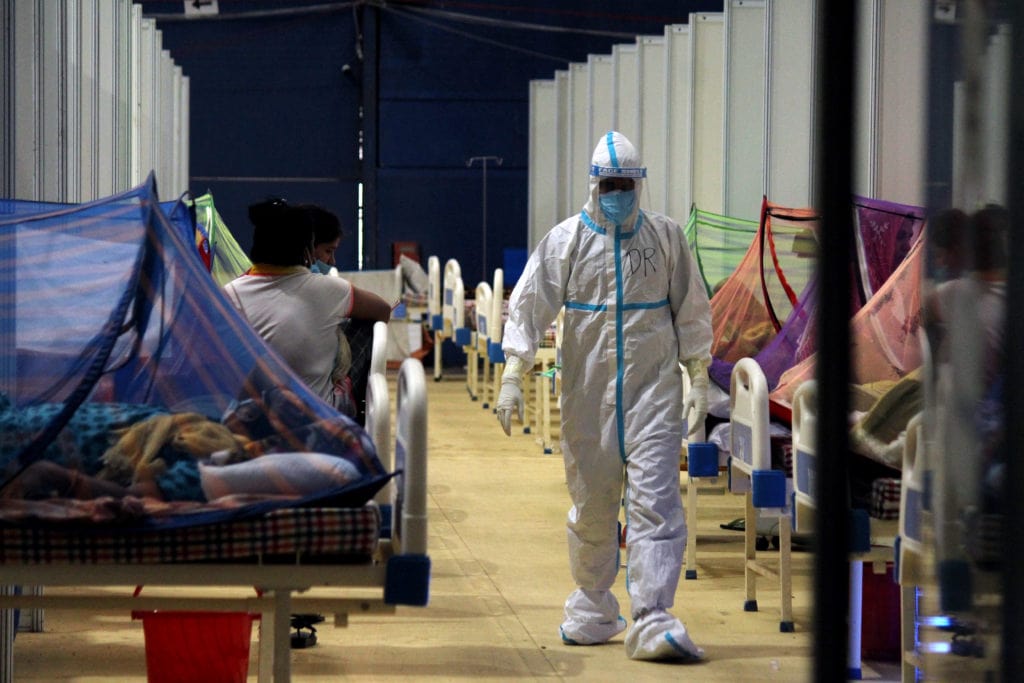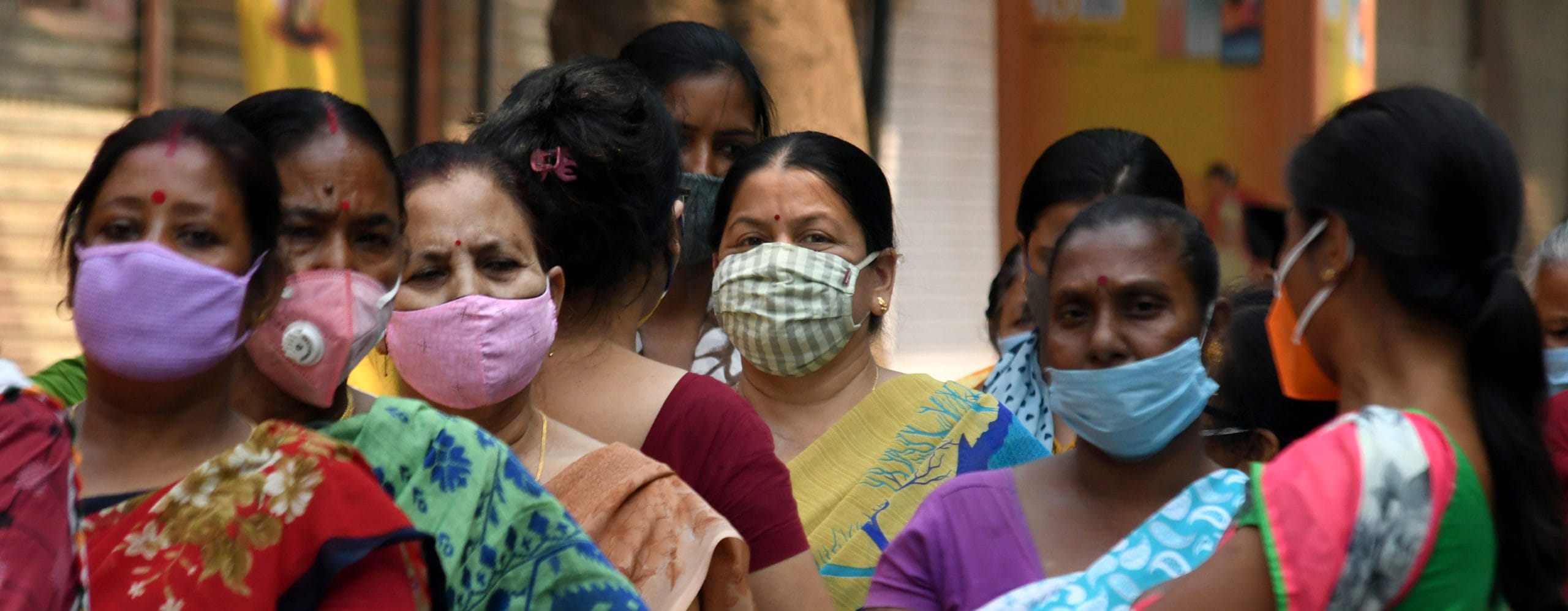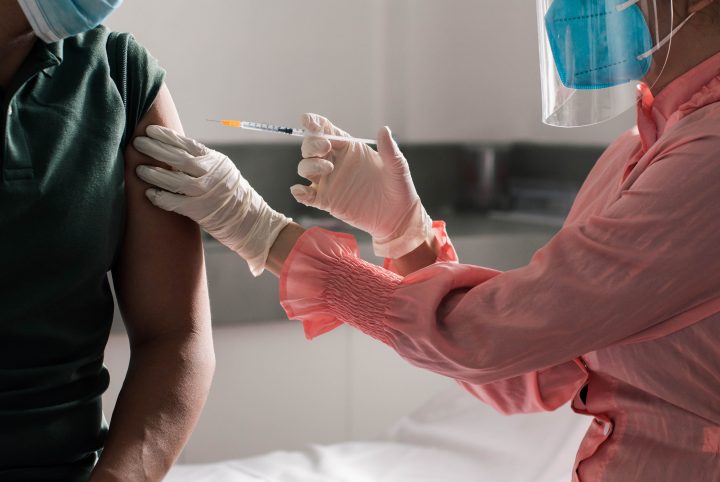
When the pandemic first broke across India, foreigners, minority groups, police and frontline workers were falsely blamed for its spread, fuelled by misinformation, rumours and long-held discriminatory beliefs.
When the global pandemic first hit, the facts circulating about how it is transmitted and can be treated were confusing – some found it challenging to discern truth from false information.
In India, a country that has long been socially divided, the stigma of COVID-19 led to some alarming misconceptions. Patients and their families, marginalised groups (based on religion, caste, and income) and frontline workers took the brunt of the discrimination.
With India experiencing its second wave of COVID-19, misconceptions around the cause of the disease continue to abound.
But the findings of a new study show such stigmatisation and discrimination are largely driven by misinformation and stress related to the transmission of COVID-19.
And that the provision of accurate and focused information, through a short phone conversation about the coronavirus from a reliable source, may help address the issue and enhance overall well-being.
Professor Asad Islam, Director of Monash Business School’s Centre for Economic Development and Sustainability (CDES), along with colleague Liang Choon Wang and co-authors Debayan Pakrashi (Indian Institute of Technology, Kanpur) and Michael Vlassopoulos (University of Southampton) studied the impact of stigma during the COVID-19 pandemic in India.
Based on an experiment conducted in Uttar Pradesh during June-August 2020, they showed that providing reliable and focused information on the transmission of the virus can play an important role in addressing associated misconceptions, stress, and stigma.

Second wave and stigmatisation of patients
India is currently in its second wave and the study was conducted during the first wave. However, Professor Islam explains that the results are as relevant today as widespread stigmatisation is visible even during this wave.
“Stigmatisation during the second wave has resulted in doctors being verbally abused and prevented from taking a lift in their own residential flat, old parents being abandoned, several patients fleeing care-centre from all over the country and dead bodies being dumped in rivers,” he says.
It’s not difficult to understand why. Pandemics have a long history of leading to the stigmatisation of patients and of certain groups and communities that are perceived to have high infection rates – leprosy, cholera, and more recently, HIV-AIDS being leading examples.
“When faced with a new infectious disease such as COVID-19, about which we know very little, the question that looms large is whether people propagate the practice of scapegoating others, especially those who are historically ostracised in society,” Professor Islam says.
COVID-19 heightens tensions
The COVID-19 outbreak exacerbated tensions that were already prevalent among different religious and caste groups in India – which has a long history of social segregation and conflict.
There have been several reports of stigmatisation, discrimination, and targeted attacks in the media over the past year.
“Misinformation about COVID-19 spreading from dead bodies resulted in non-Hindu doctors and patients being denied dignified burials,” Professor Islam says.
Muslims were reportedly blamed, threatened and attacked for spreading the virus after the Tablighi Jamaat event in Delhi in March 2020.
There were other instances where healthcare workers were attacked and asked to vacate their rented apartments due to the fear of contraction.
Thus, vulnerable and marginalised groups who already suffer disproportionately, and frontline workers who have been indispensable in the battle against the disease, faced significant stigmatisation and discrimination during the COVID-19 pandemic.
What the study shows
Professor Islam explains how they studied 2,138 households from Kanpur in the state of Uttar Pradesh (UP).
“We were looking to assess whether the provision of accurate and focussed information about COVID-19 from a reliable source can improve knowledge and reduce stigmatisation and discrimination,” he says.
The study participants are representative of the average socioeconomic and demographic characteristics of the population of UP.
“Our rationale for conducting the experiment in UP is that it is the state with the largest number of communal violence incidents and the highest share of atrocities against the Scheduled Caste population in India.”
Fieldwork was undertaken by a research team from the Indian Institute of Technology (IIT), Kanpur – a reputed educational institution – during June-August 2020.
The team comprised individuals who were from the same community as those surveyed, and spoke the local language.
“These factors helped ensure that the participants consider the information being provided as reliable,” Professor Islam says.
Phone call brief reduced stigma and improved knowledge
About half of the sample was randomly selected (‘treatment’ group) to receive the information brief over the phone from trained personnel, while the other half of the sample (‘control’ group) did not receive such a phone call.
“We found that respondents (93 per cent) largely blamed foreigners, followed by Muslims (60 per cent) and surprisingly healthcare workers (34 per cent) and police (29 per cent) for the spread of coronavirus in the country,” Professor Islam says.
The results show that participants who receive the information brief have improved knowledge about the prevention and transmission of COVID-19.
“Participants who received the information brief were less likely (50 per cent) to believe that any particular group was to be blamed for the spread of the disease and thus reduced stigmatisation of COVID-19 patients, frontline workers (healthcare workers, sanitary workers, and the police), and marginalised groups such as religious minorities and low castes,” Professor Islam says.
Policy implications
The findings of this study shed light on the possible policy responses that are useful for countering stigma and misinformation that aggravate the spread of disease and negative health outcomes as well as reducing discrimination and the associated adverse effects that vulnerable individuals suffer.
Professor Islam believes it is important that more targeted measures are implemented at the earliest to eliminate misinformation and reduce stress and stigma so as to improve the well-being of the most vulnerable religious and caste groups, who also tend to suffer disproportionately due to the COVID-19 crisis.
“We provide a blueprint in this direction and shed light on policy responses that are useful for countering stigma and misinformation that can result in widespread discrimination over and above the negative effects of the disease on health and the economy,” he says.
“Given the relatively low costs of a 10-minute phone call, the resulting benefits of the intervention in reducing social conflicts and improving health and well-being are well warranted.”


